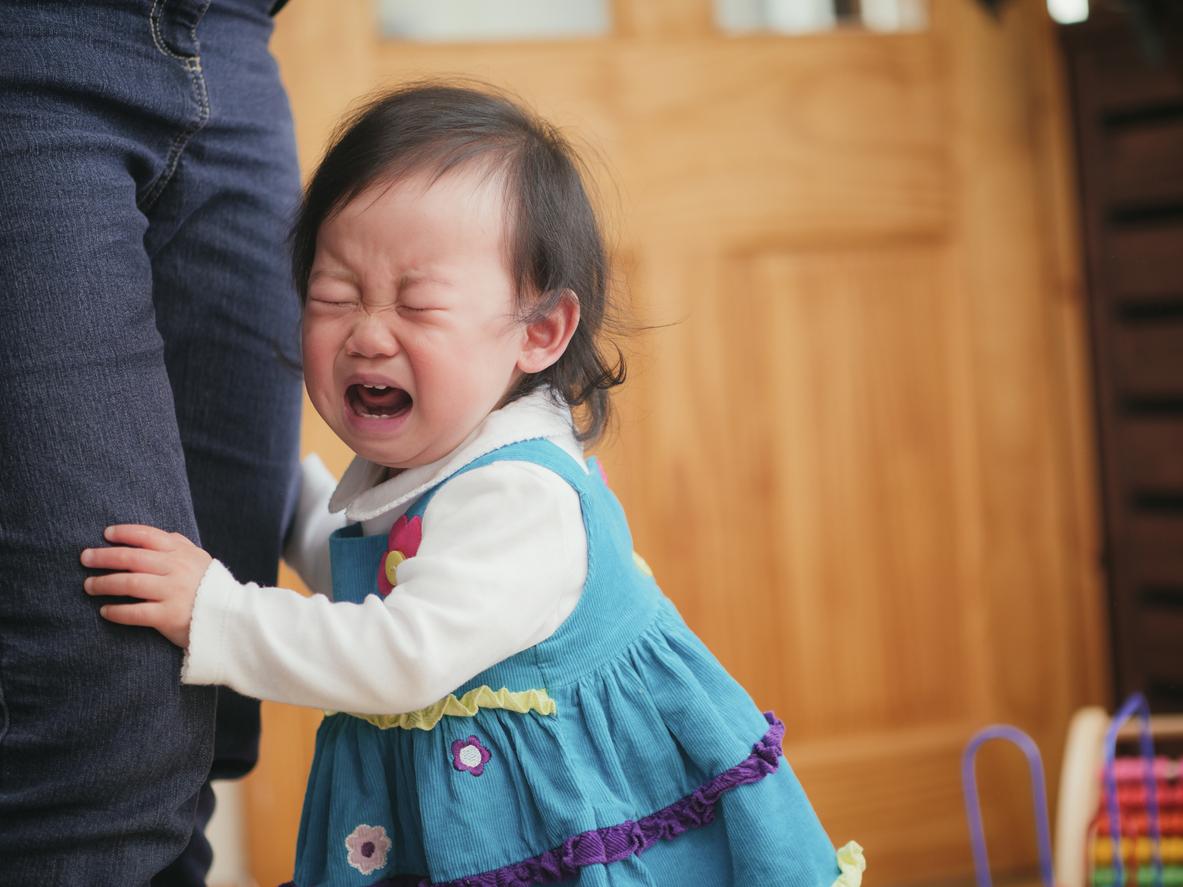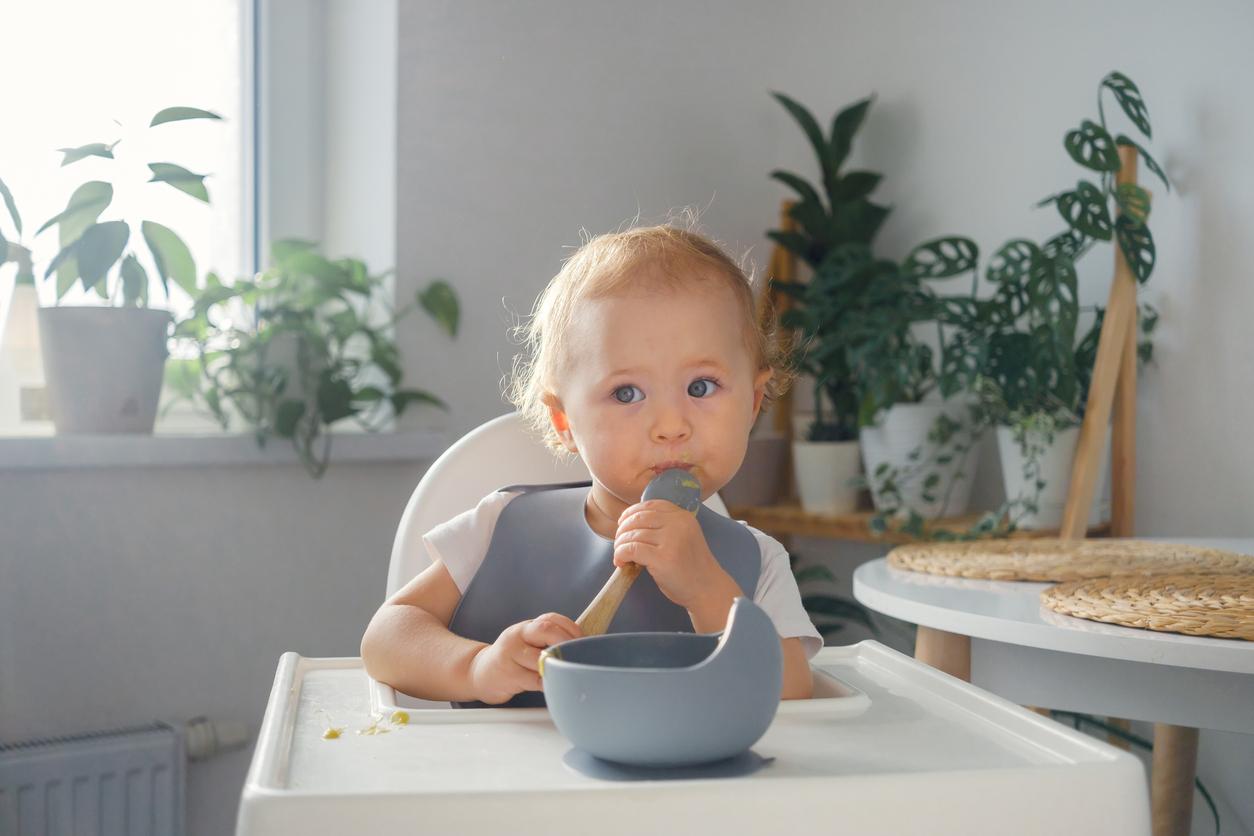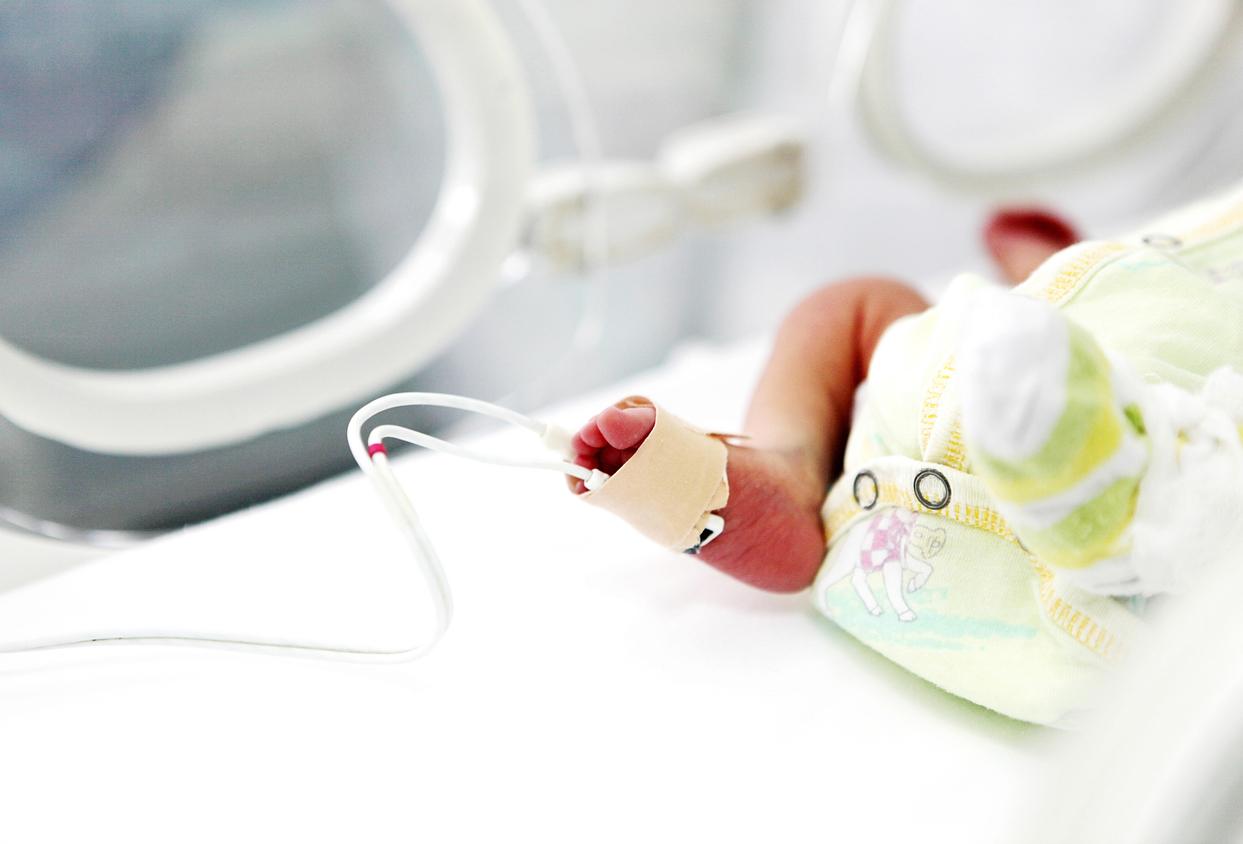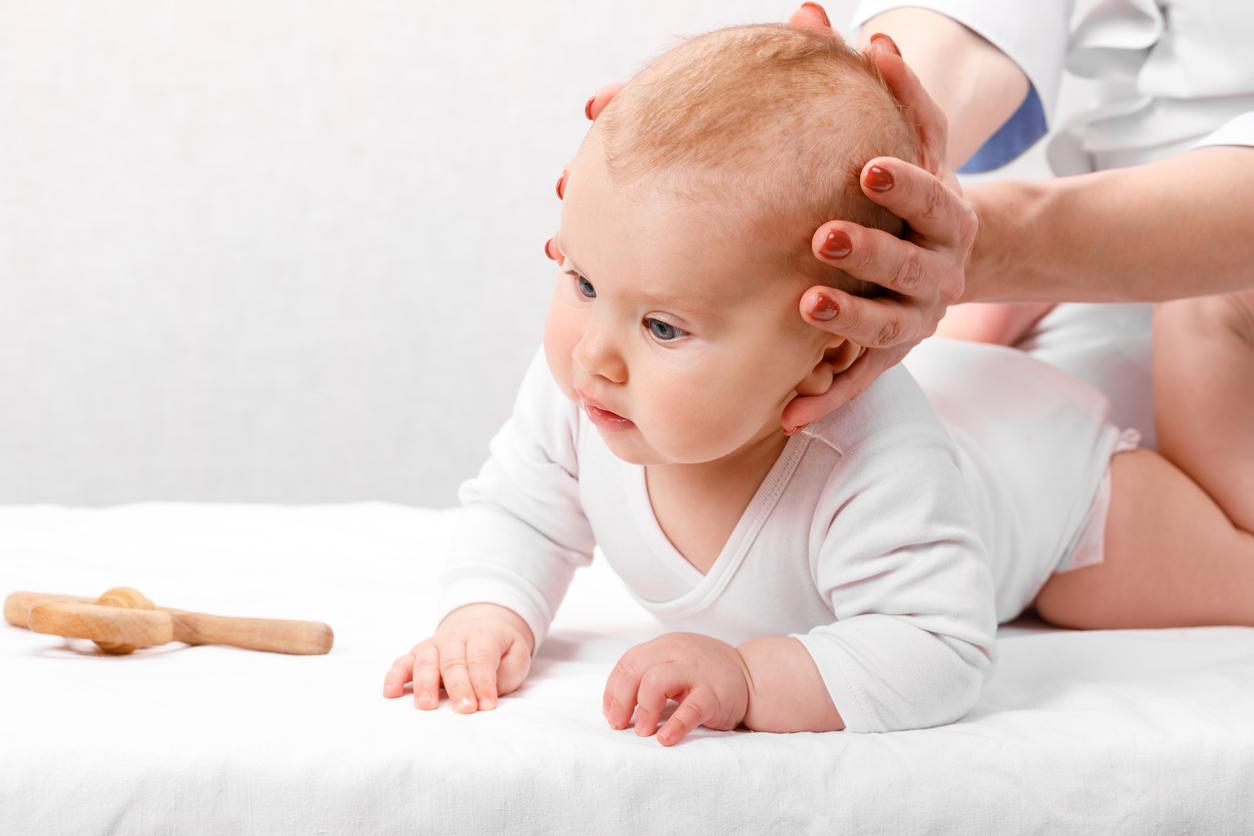A recent study reveals that babies’ cries contain valuable information about their level of distress, but it is difficult to determine the exact cause of the crying.

- If each cry presents particularities specific to the child, nothing would allow us to understand precisely its cause such as hunger, discomfort, isolation or whether it is the cry of a girl or a boy. .
- The acoustic specificities of crying are well linked to the level of distress in which the child finds himself.
- The results of this study confirm that the crying of baby girls and boys is acoustically similar.
Two research teams from Jean Monnet University in Saint-Étienne, Inserm and CNRS collected 40,000 cries from 24 baby girls and boys up to the age of 4 months in order to find out what their sobs really say. Each cry presents particularities specific to the child, but nothing would allow us to understand precisely its cause such as hunger, discomfort, or isolation, nor if it is the cry of a girl or of a child. a boy. However, researchers have found that the acoustic specificities of crying are well linked to the level of distress in which the infant is, calling on the parent or adult to respond.
Baby crying: a link between acoustic characteristics and level of distress
By studying recordings of crying, scientists discovered that certain acoustic characteristics were linked to the intensity of crying, thereby demonstrating the child’s level of distress. For example, sobs that were higher pitched and less melodious were associated with greater distress, while those that were quieter were associated with lower distress.
These acoustic properties allow adults to recognize the child’s emotional state and respond accordingly, even if they cannot precisely determine the cause of the crying spell.
Crying: an individual signature for each child
During the study, a playback session was presented to a panel of adults, confirming that the cries of female and male infants are acoustically similar. However, each toddler has their own way of crying, with idiosyncrasies specific to their acoustic data set. Using machine learning techniques, the researchers were able to identify individual signatures in the crying recordings. These signatures were defined by acoustic data sets specific to each baby, proving that their cries contain acoustic cues defining their own unique voice.
Baby: towards new research on the language of crying
The results of this study pave the way for further research into the language of crying. By better understanding the specific acoustic characteristics of each baby, it would be possible to develop machine learning algorithms capable of recognizing different types of crying, such as those related to hunger, discomfort or isolation. This could help parents and healthcare professionals better meet the needs of toddlers, identifying the underlying problem more quickly. Additionally, this research could also have implications in the field of cry language analysis in infants with developmental disorders.















